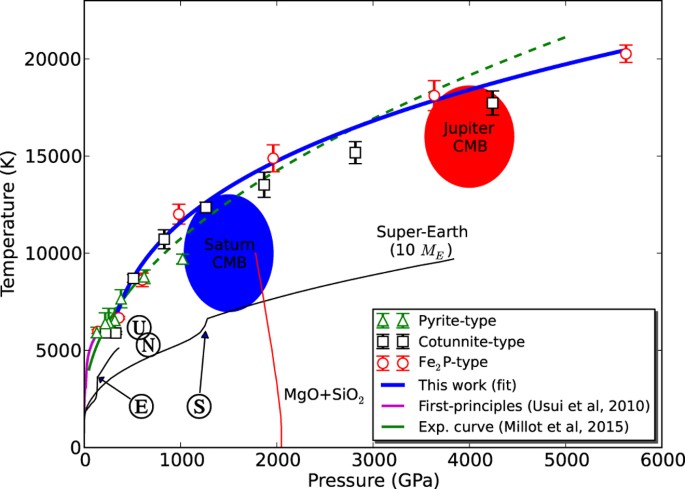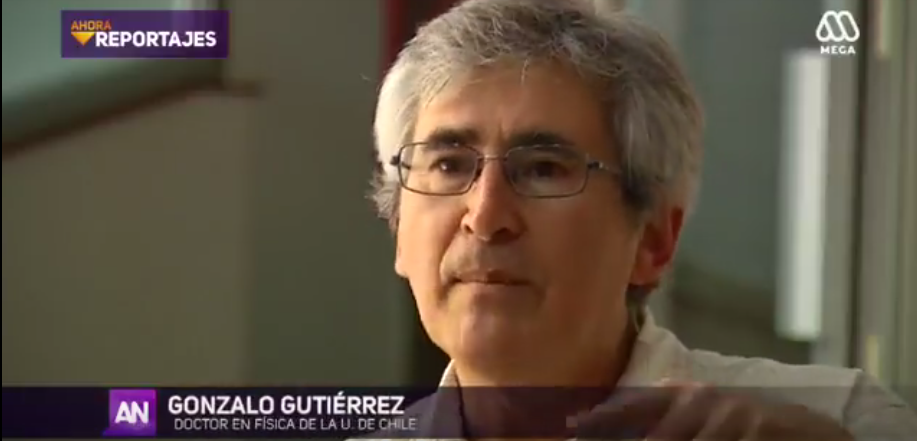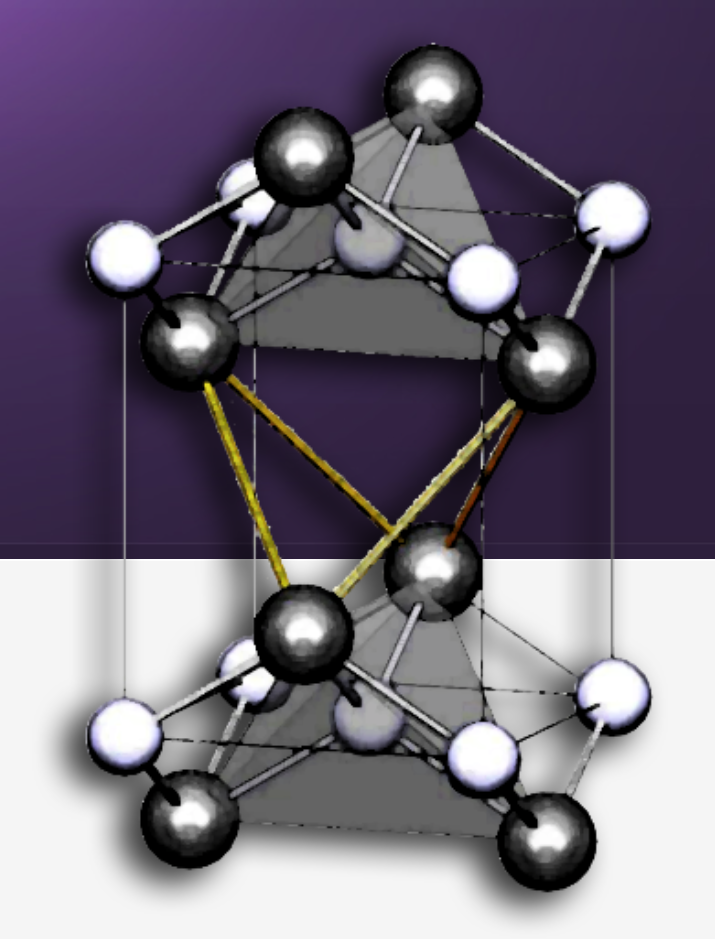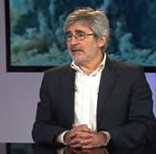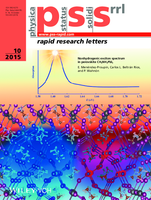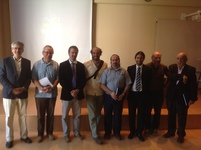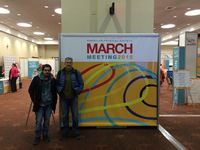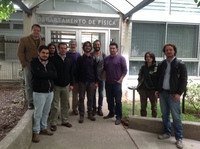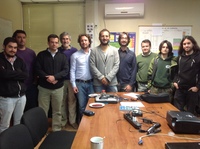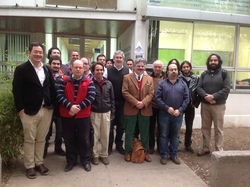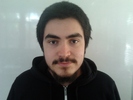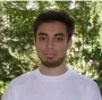ABOUT US
Our group researches nanomaterials and nanostructures. We study the structural, dynamic, electronic and magnetic properties of ceramics, nanocrystals, nanotubes, clusters and nano-scale magnetic structures. The principal methodology for studying this kind of problem is by means of computational simulation, particularly, computation of the electronic structure based on density functional theory, as well as classical molecular dynamics and ab-initio.
NEWS
Gonzalo Gutiérrez on the lithium market: "Chile's share is going to fall"
April 25, 2022
| In a new episode of Mining and Energy Report, the Lithium and Salt Flats advisor of the Ministry of Mining, Gonzalo Gutiérrez , analyzed how Chile can be more competitive in this market. He also gave more details about the new government's plan on the matter. |
Gonzalo Gutiérrez, academic U. de Chile: "Selling lithium by shovelfuls does not make any sense"
Jan 4, 2022
| The Minister of Energy and Mining, Juan Carlos Jobet, came out to defend the lithium tender carried out by the Government. Given this, our guest, the doctor in physics and coordinator of the Network of Lithium and Salt Flats of the University of Chile, Gonzalo Gutiérrez, in the program Hello Chile, questioned the process and assured that Chile should encourage the development and manufacture of products using this natural resource. |
Gonzalo Gutiérrez: "Lithium allows you to enter in a state-of-the-art technological advance"
3 de Enero, 2022
|
The academic of the Universidad de Chile and coordinator of "Lithium and salt flats network: science and future", Gonzalo Gutiérrez, explains the importance of lithium given the closeness to the 400-thousand-tons tender date to private companies in the Mentiras verdaderas TV show. |
Lithium, the new Chilean copper and the controversial agreement with SQM
February 8th, 2018
|
Dr. Gonzalo Gutiérrez, was interviewed by the chilean TV program Ahora Noticias on Megavision. Ahora Noticias analyzed the new scopes of the signed agreement between CORFO and SQM, where the extraction of lithium is granted to the non-metallic mining company until 2030, an agreement that generates a lot of controversy. |
"SQM is not a business worthy of the state," explains Gonzalo Gutiérrez
January 24th, 2018
Dr. Gonzalo Gutiérrez, physicist, professor of the Universidad de Chile and ex President of the Chilean Committee of Nuclear Energy, who was a member of the Lithium's Presidential Committee, explains why the agreement between CORFO and SQM is a bad business for Chile and an attack against free competition and the generation of added value.
VII Workshop on Novel Methods for Electronic Structure Calculations
September 25th, 2017
The VII Workshop on Novel Methods for Electronic Structure Calculations will be held at the Facultad de Ciencias of the Universidad de Chile on November 30th, December 1st and 2nd, 2017.
The purpose of the meeting is to do an exhaustive description of first principles methods, the advantages of the study of materials using them and the importance of the ab initio methods to predict structural, electric, magnetic, electronic and other properties of solids. It is also sought to locate the state of the art of the modern techniques on first principles calculation, focusing on the study of materials. The seminar will be carried out with the contribution of foreign and local lecturers. Oral expositions of advanced students and recent PhD's are also encouraged. Go to the website
Gonzalo Gutiérrez explains how a hydrogen bomb works
January 10th, 2016
Professor Gonzalo Gutiérrez, member of GNM, PhD in physics and ex-CEO of the Chilean Commission of Nuclear Energy, explains to CNN Chile the difference between the hydrogen bomb and the other kinds of nuclear bombs.
Work done by professor Eduardo Menéndez appears on the cover of Physica Status Solidi
October 27th, 2015
The work carried out by PhD. Eduardo Menéndez-Proupin, entitled Nonhydrogenic exciton spectrum in perovskite CH3NH3PbI3 (see publications), has been chosen by the journal Physica Status Solidi to appear in the cover of their 9th volume, October 2015. Our most sincere congratulations for this important accomplishment, which enhances the importance of his work.
Excitons in PV perovskites: Excitons are often the lowest energy excitation created by light absorption in semiconductors. An exciton in a semiconductor is understood as an electron-hole pair attracting each other by the electric Coulomb interaction. In many cases, the Schrödiger equation of this excited state is analogous to that of the hydrogen atom, but the electron and the hole have effective masses due to the underlying crystal periodic potencial. Moreover, the Coulomb interaction is reduced by a factor equal to the dielectric constant, which arises from the many-body nature of the electronic system. This model is known as the Wannier-Mott exciton. Methyl-ammonium lead tri-iodide is a hybrid organic-inorganic perovskite that has revolutionized the photovoltaic research, allowing solar cell prototypes with record efficiencies over 20 %. One of its singular properties is to have an extremely polarizable lattice that augments significantly the screening of the electron-hole interaction. A problem is that the Wannier-Mott model predicts too different exciton binding energies if the dielectric constant includes either the electronic plus lattice screening (~2 meV) or only the electronic screening (~50 meV). Moreover, experimental determination of the binding energies provides very different values (~16 meV). Menéndez-Proupin, Beltrán Ríos and Wahnón have shown a mechanism by which the optical phonons can modify the electron-hole interaction and explain the exciton binding energy determined in experiments. They applied a field-theory formalism, by which the wavefunction of an exciton coupled with the quantized phonon field is transformed in the wavefunction of a pure exciton bound with a distance-dependent dielectric function. This model was rigourously developed in the seventies for excitons in binary semiconductors having one single and dispersionless optical phonon branch. Here, the model shows its usefulness with this complex hybrid organic-inorganic perovskite. Remarkably, none of the physical parameters of the model was fitted, but were obtained from first-principles calculations.
New PhD in Physics in the Group of NanoMaterials
March 17th, 2015
The Group of NanoMaterials is pleased to inform you that Felipe González Cataldo, member of GNM, has obtained the PhD in Physics degree, at the Universidad de Chile. Congratulations!!
Some pictures in PhotoGallery.
March Meeting
March 2nd, 2015
The yearly symposium of the American Physical Society, APS March Meeting, took place between March 2nd and 6th, 2015. and Matías Sepúlveda (in the picture) presented their works.
Visits from Sapienza - Università di Roma
October 16th, 2014
On October 16th, we were visited by the doctors Daniele Narzi, Emanuele Coccia and Daniele Bovi, from the Computational Biophysics Biochemistry and Chemistry Group (CBBC Group) who, after giving us a seminar entitled "Quantum Monte Carlo geometry optimization chromophores of biological interest" the day before on our physics department, gave us a brief picture about their research topics, related with artificial photosynthesis.
Workshop on Condensed Matter
June 3rd, 2014
During the first week of june, a workshop on condensed matter, organized by our Group of NanoMaterials, took place. Our featured speakers were doctor Ju Li, from Massachusetts Institude of Technology (MIT), USA; Juan Luis Peña, from CINESTAV, México; Eduardo Bringa, from Universidad de Cuyo, Argentina; and Leopoldo Soto, from CCHEN, Chile, who presented their works on different topics of condensed matter physics, including materials fracture, solar cells and semiconductors, sytems out of equilibrium and thermonuclear plasmas. (See program here).
New PhD students awarded CONICYT scholarship
February 12th, 2014
Diego González y Matías Sepúlveda, both members of our Group of NanoMaterials, have been accepted in the PhD in physics program of the Universidad de Chile and have been awarded the CONICYT 2014 scholarship in order to carry out the program. Congratulations to you both. We hope your stay in our group to be pleasant and productive.
Nicolás Amigo's public M.Sc. thesis defense
January 9th, 2014
Nicolás Amigo, member of our Group of NanoMaterials, will defend his M.Sc. thesis entitled Efectos de Impurezas de plata en las propiedades mecánicas del cobre: simulación computacional a nivel atómico (Effects of silver impurities in the properties of copper: computer simulation at atomic level), directed by Ph.D. Gonzalo Gutiérrez. The event will take place on January 13th, 2014 at 12:00 p.m., Aula Magna, Pabellón G, 2nd floor, Faculty of Science of the Universidad de Chile.
All professors, students and interested persons are invited.



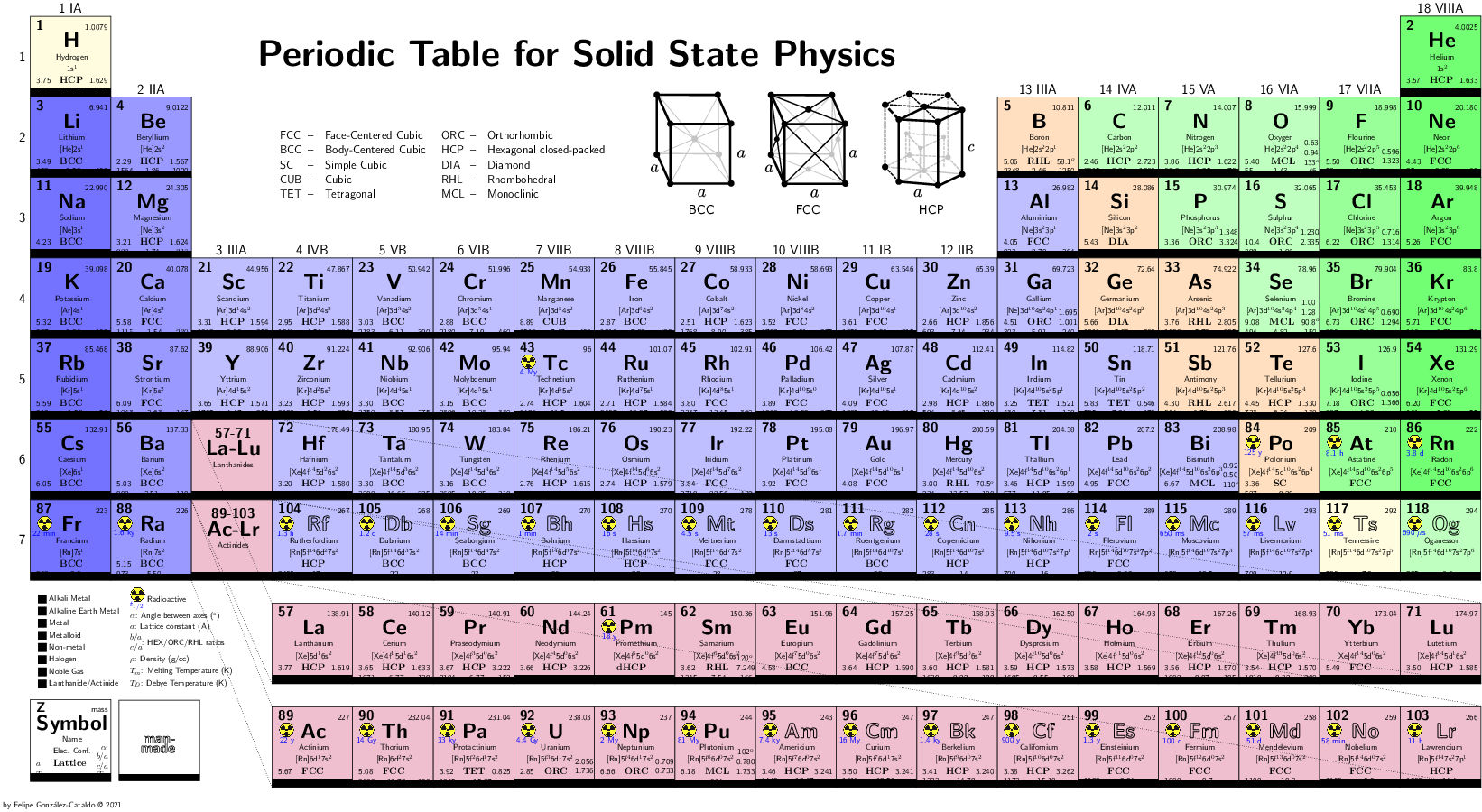
 |CAPTION
|CAPTION



